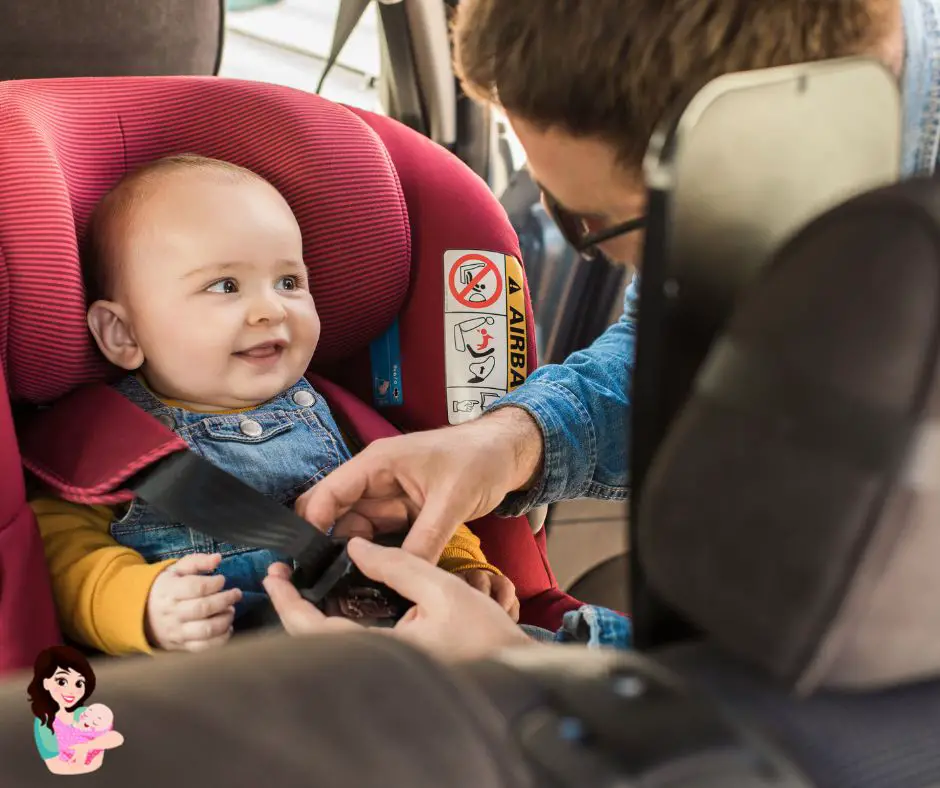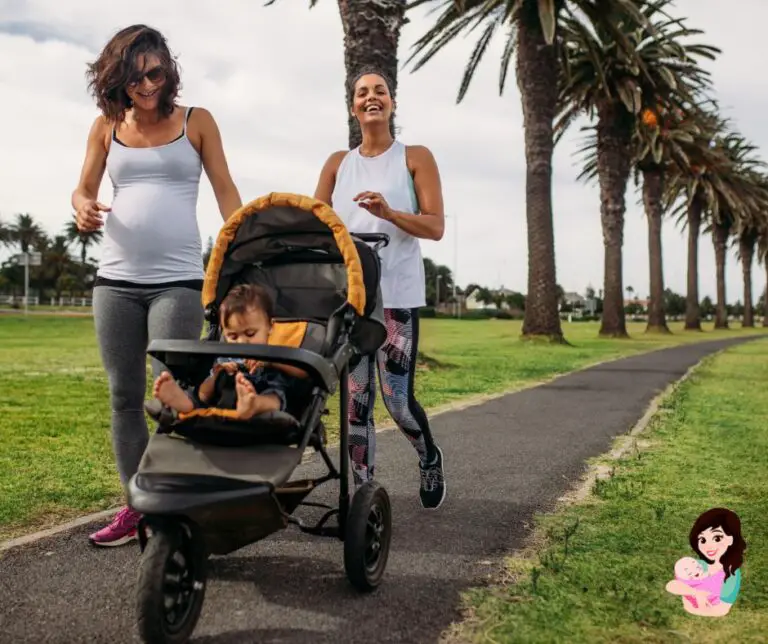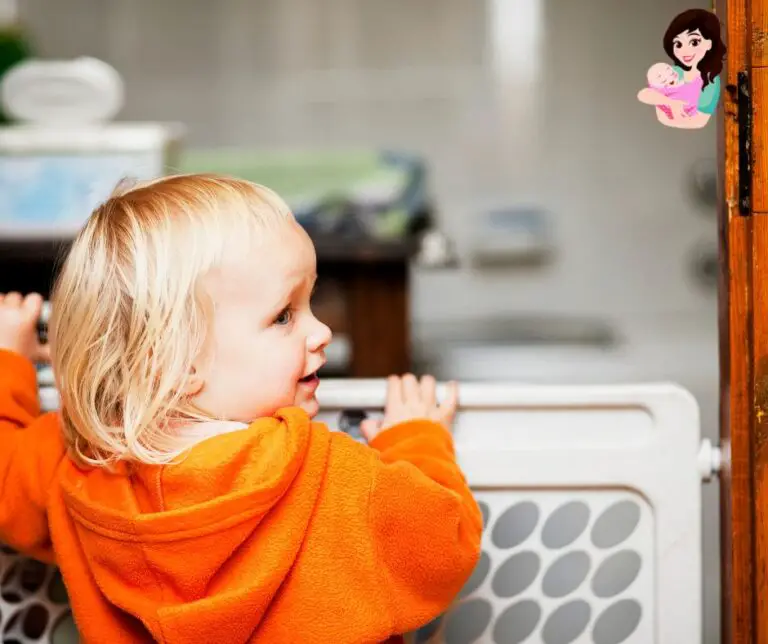
New babies are a joy, but their arrival can challenge new parents and caregivers. One of these challenges is safety in the home, particularly for infants who cannot walk on their own. The role of car seats in preparing children for independent mobility has evolved. As a result, there are many factors to consider when choosing the appropriate age to sit a baby up in a car seat.
The most important thing to remember when sitting a baby up in a car seat is safety. “When should you sit a baby up in a car seat?” This is a question parents ask a lot. There’s always uncertainty about when putting their little one in a car seat is the right time.
The best time to sit your baby up in a car seat is when they can sit up on their own. This usually occurs around four to six months old. If your baby is younger than that, you can use a rear-facing infant seat.
If your child weighs more than 20 pounds or is between 16 and 26 inches tall, you’ll want to move them into a convertible car seat. These seats can be used as rear-facing for infants or forward-facing for toddlers. In some cases, some convertible seats are approved for extended rear-facing use from birth to 2 years old or up to 40 pounds (depending on the model).
How Can I Get My Baby to Sit in the Car Seat?
There are a couple of ways you can encourage your baby to sit in the car seat.
First, place the car seat in the back of your vehicle before leaving home. Then put your infant into it for a few minutes before leaving on a trip. This helps him get accustomed to being in it and makes him more comfortable riding in it.
If getting your child used to sitting in his car seat isn’t working, try using one or more of these suggestions:
- If he’s fussy and doesn’t want to sit still, try giving him a pacifier or toy (which may also come in handy if you’re going out somewhere where there are many distractions).
- You could also try feeding him at this time if he’s hungry; this allows him to focus on eating rather than what’s happening around him.
What Is the Best Position for a Baby in a Car Seat?
There are a few positions for your baby to sit in a car seat.
1. Facing the back of the car
This is the safest position for a baby, but it can make them feel like they’re stuck in prison and want to get out of their seat as soon as possible. If you plan on driving somewhere, that’s not too long, and you don’t mind having an unhappy baby, this is probably your best choice.
2. Facing the rear window
This allows your child to see what’s happening outside their car seat, which is great because they won’t feel so isolated from everything else around them. However, it also means that they’ll be facing away from you while driving down the road, and once again (as with facing forward), this could cause some fussiness and crying when all you want is for them to stay calm during these early weeks.
3. Facing the side window
This type of positioning offers more room than either option above since they have more space between themselves and touching others inside of their vehicle without being able to see anyone else at all times during travel time itself, which might lead to another problem: boredom.
How Do I Know When My Baby Is Ready to Face Forward in a Car Seat?
Your baby is ready to face forward in a car seat when they:
- Have reached one year old. This is the minimum age for facing forward in a car seat and is based on guidelines from the American Academy of Pediatrics (AAP). The AAP recommends that babies one-year-old be placed in rear-facing seats until they reach 20 pounds (9 kg), usually around age 2.
- Weighs at least 20 pounds. This is also based on AAP guidelines, which recommend rear-facing seats unless your child weighs over 20 pounds; then, switch them to a forward-facing seat with harness straps that fit their height and weight. If you are still determining whether your child weighs enough to switch out of the infant-only seat, check the manufacturer’s recommendations before making any changes.
- Can sit up straight without slouching or leaning back against anything while strapped into their car seat facing backward with both legs touching the floor and their head supported by the top of it (if it’s adjustable). If you’re using an infant carrier or convertible car seat, ensure these requirements are met before trying this test and don’t forget about those head supports.
Can My Baby Safely Use a Baby Seat?
Your baby can use a baby seat, but only when you are sure that your baby is ready.
Children’s skill development may be hampered if they are forced to sit still for extended periods or too early. In other words, even if your kid may be sitting up straight, they aren’t developing the crucial trunk and head control that comes with learning new body movements independently.
To use a baby seat, you should hold off until your child is almost ready to sit up on their own. Consider waiting until your baby is between six and eight months old before propping them.
The American Academy of Pediatrics (AAP) recommends that babies use a rear-facing car seat until they hit the maximum height and weight limits set by their specific seat, usually around age two.
Most rear-facing seats have limits of 30 pounds or 35 inches (depending on the manufacturer). Many babies outgrow their infant seats before reaching these limits; however, some might only sit up unassisted after they turn one year old and weigh 20 pounds or more.
Even then, the AAP recommends keeping your child rear-facing for as long as possible. The reason is that children are much safer facing backward than forwarding because their heads are supported by the seat’s harness straps instead of being thrown forward in an accident, which can cause serious neck injury or death.
Conclusion
Sitting your baby up in a car seat is appropriate when they are at least six months old and can hold their head upright. But make sure you’re sitting them straight up and not flopping them forward so that their unstable neck leaves them with no head control. Only then will you follow the best advice possible: keep babies in carriers and cribs as long as possible.

Hi, This is Emma Baster; As a mom, I spend my free time caring for my kids. I’ve read a lot on the Internet to improve my childcare skill and bring the best to my kids. Eruditemommy shares my knowledge and experience through helpful posts. I hope you enjoy them!







